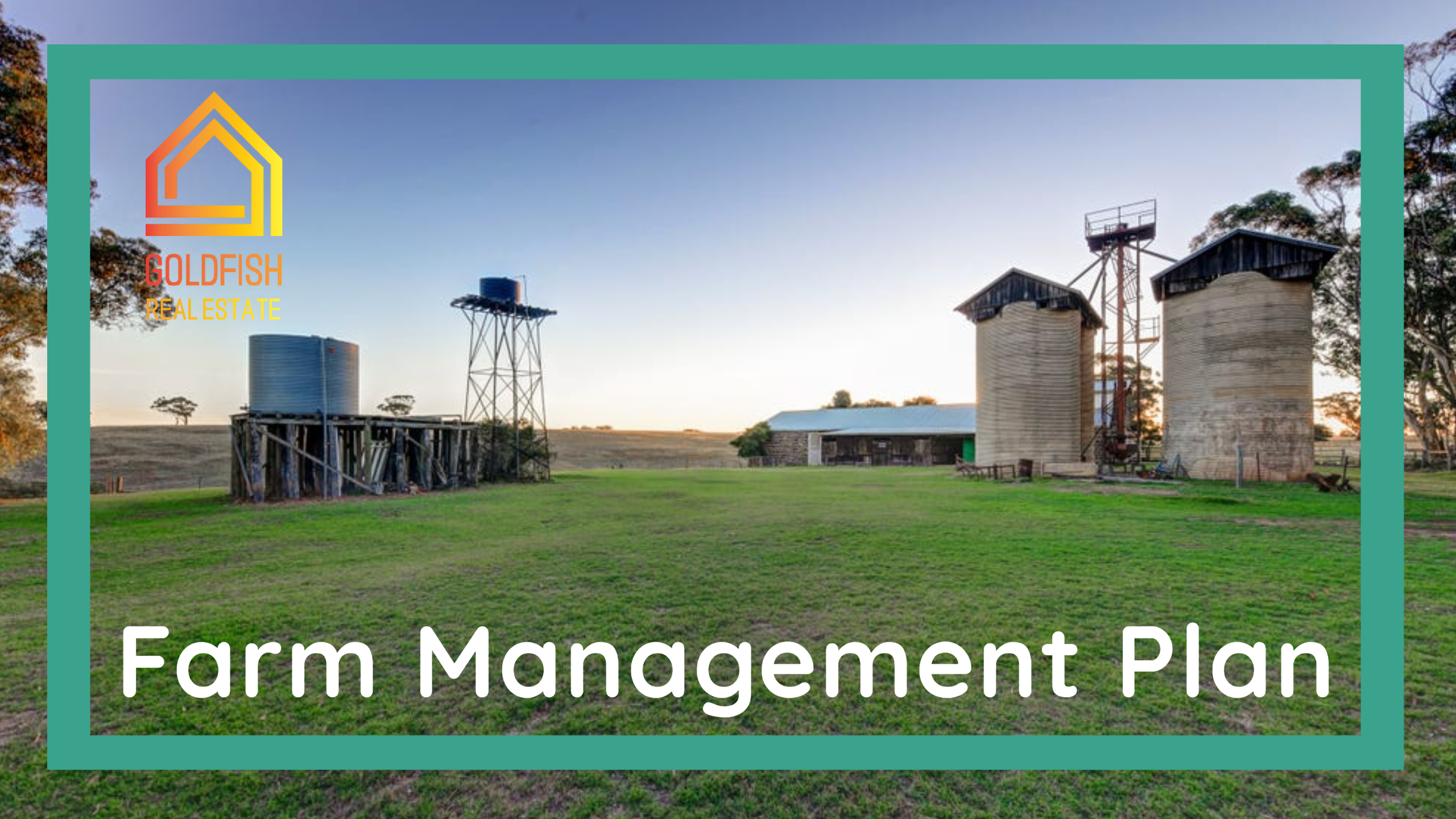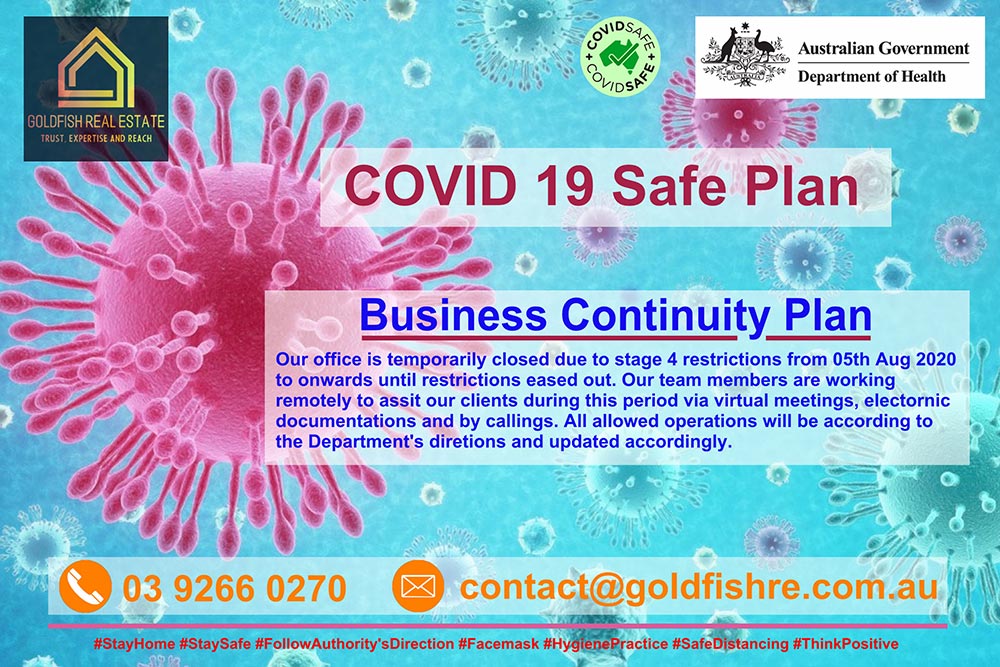Farm Management Plan
FARM MANAGEMENT PLANS
This information sheet has been prepared to be used as a general guide for hobby farmers, new farmers, landowners who wish to seek to prepare a Farm Management Plan where they seek to get permits for dwelling, projects, grants, or financial assistance from the Department.
The purpose of the information sheet is to provide guidelines for landowners as to the purpose and content of a farm management plan, to assist in the preparation of any permit or development applications that may be required.
WHAT IS A FARM MANAGEMENT PLAN?
A farm management plan is a complete plan which shows what the property is like now, what you intend to do with it, how and when you intend to do things, and what the likely financial return will be.
It should describe the layout of the property, the physical characteristics of the land in terms of soil type, slope, conditions of rivers or streams, and other physical features including dams, wood lots, scattered trees, fences, and any physical improvements proposed.
The plan should also describe the current and intended use of the land as a farm. The plan should also indicate the site, size, and scope of any proposed developments. It should also give an indication as to the reason the proposed developments are thought to be necessary.
THE PURPOSE OF THE FARM MANAGEMENT PLAN
The Farm Management Plan is required by the Local Authority to assist the Planning Officers to make a judgment as to whether, if the intended development is carried out, the enterprise will meet Council’s planning guidelines.
These guidelines include planning, environmental, land use, zoning, cultural heritage, infrastructure, and community considerations.
Local authorities and departments are committed to maintaining agricultural land for agricultural purposes and to ensuring that inappropriate developments on agricultural land do not occur.
Activity on the land which would diminish the aesthetic value of the land, or which would have a negative effect and make it difficult for neighboring landowners to carry out their own legal and permitted uses of the land, could also be considered inappropriate land use.
The Farm Management Plan should demonstrate to Council what the landowner intends to do and also encourage the landowner to think more clearly about what is intended.
THE FARM MANAGEMENT PLAN IS A ROAD MAP FOR THE LANDOWNER.
The plan is required by Council to ensure that the Municipality maintains the ambiance of the countryside, and that non-intended uses are avoided, but the plan is also a road map for the landowner.
Landowners who develop a comprehensive farm management plan are then able to go ahead with the development in a positive way and avoid unnecessary work or expenditure.
A comprehensive farm management plan can help landowners avoid the pitfalls that can trap the unaware when taking on a new venture.
WHAT SHOULD A FARM MANAGEMENT PLAN INCLUDE?
The Farm Management Plan should include a thorough description of all of the land that makes up the farm.
It should describe:
- The soil Type -is it red, grey, or black? Is it sandy, loam, or chocolate?
- Pasture species and condition.
- Internal fencing is both current and intended.
- Water storage and sources of water.
- The method of supplying water to livestock.
- Areas of trees and remnant vegetation from which livestock will be excluded.
- Any soil damage or existing erosion.
- The availability of power and other services.
- Both current and intended access to and through the property.
- A description of the state of the property with regard to vermin and noxious weeds.
- The intended use of the site.
- A description of proposed buildings and other improvements.
- A description of the intended farming enterprises.
COUNCIL MAY ALSO REQUIRE INFORMATION ON:
The current physical condition and the present use of all adjoining land. In describing the physical condition of the land, the criteria set out above should be used.
As part of the Farm ManagementPlan, Council will consider whether the intended use of the site meets the general Municipal requirements for future development.
In considering this, it is essential that the plan describe the enterprises to be run in some detail. It would be useful if the plan demonstrates that the intended enterprises are currently run elsewhere nearby.
Where this is not the case, the plan will need to demonstrate from research conducted, that the soil type, water availability, and climate will be suitable for the intended use.
ECONOMIC OUTCOMES OF THE PROPOSED USE
It is not an absolute requirement to be able to demonstrate that a farm will be profitable. However, it is important to be able to demonstrate that the land will be used productively and that it will give an economic return both for the investment which is made and for the annual expenditure
In order to demonstrate the economic outcome, it is necessary to show the total value of the investment on the intended enterprise and to demonstrate annual costs and returns. It is important that these costs and returns are realistic.
MANAGEMENT OF THE PROPERTY
The Farm Management Plan needs to demonstrate how, and by whom the property will be managed. It should demonstrate the current level of expertise and or knowledge of the manager and other people involved. Where the expertise or knowledge to carry out the tasks is insufficient, the plan should outline the actions, which will be taken in order to address that deficiency.
ENVIRONMENTAL OUTCOMES OF THE PROPOSED LAND USE
It is important that landowners consider the environmental outcomes of the proposed land use. In particular, the plan should address the removal and or minimization of any vermin and noxious weeds.
The plan should also address any off-site effects of the intended land use, for instance, nutrition loss, smell, noise, and other environmental aspects, which may be important in some specific sites. On some sites, there could be rare species of plants or animals which Council and the community generally believe should be afforded some level of protection.
TIME FRAMES
It is important that the Farm Management Plan sets out the intended timing of any proposed development and the order of the proposed development so that a judgment can be made as to the state of the general appearance of the property during development.
IS A HOUSE REQUIRED?
If, as part of the farm management plan, you intend to build a house, there needs to be a justification in the plan as to why that house would be necessary. It is not automatically the case that a farmer must live on the land that is being farmed, and it is a requirement of the plan to build your case as to why you require a dwelling. It is also necessary for individuals to provide real evidence to show that the property in question will be able to be developed, and then will be sustainable in the long term. It is also necessary to demonstrate that the proposed rural enterprise is compatible with existing land use and will not have a detrimental impact on adjoining properties.
HOW TO DEVELOP YOUR PLAN
There are a lot of people who can help you with your plan.
A neighbor with a well-laid-out, tidy property will understand the balance of decisions surrounding soil, water, fencing, and shelter.
An Agronomist can provide you with specific advice on soils and pastures, weeds, and vermin. The Department of Primary Industry(DPI), Rural Suppliers, and private consultants all employ agronomists.
The above information is based on general advice and information, to understand expectations and framework only local councils can advise about this. If you need expert advice, we recommend appointing Farm Planners (DPI and Private). Farm Planners advice from the overall layout of the farm, advice on water supply, the positions of dams, tree plantation, vegetation protection and other most important information which are required in the plan to include and demonstrate.












